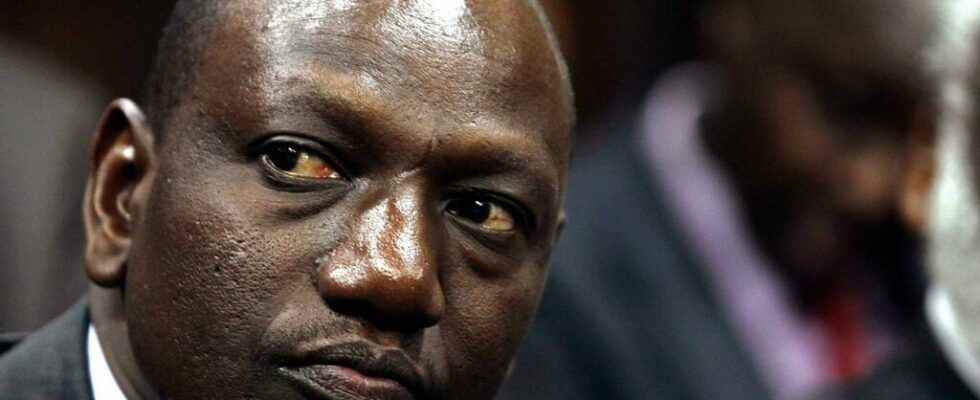In Kenya, on Saturday February 26, President Uhuru Kenyatta formalized his support for the candidacy of his former opponent Raila Odinga, for the presidential election which is due to take place on August 9. By announcing his support for the key figure of the opposition, the Kenyan president marginalizes his vice-president, William Ruto, who multiplies the meetings in order to announce his presidential candidacy.
Elected in 2013, Uhuru Kenyatta is completing his second and final term. The Constitution does not allow him to run for a third time.
“Amani” – peace, in Swahili – is the appeal that the Kenyan president says he is launching when he officially supports the candidacy of his former rival, Raila Odinga. Uhuru Kenyatta says it shows his ability to put aside political disputes to meet the needs of Kenyans.
The alliance between the presidential party and the opposition coalition has actually been implicit for many months. The general secretary of Uhuru Kenyatta’s party was present when Raila Odinga announced his presidential candidacy in December for the fifth time.
His first attempt dates back to 1997. At the end of each presidential election, the tireless figure of the opposition denounced fraud, including against Kenyatta in 2013 and 2017.
►Read again : Uhuru Kenyatta formalizes his support for Raila Odinga
This time, they are together. A union that was made at the expense of Vice President William Ruto. The ultimate episode of a deterioration in the relationship between the Kenyan president and his vice-president, in particular because of corruption cases.
If William Ruto has not yet officially declared his candidacy, he is very present on the ground and multiplies the meetings. He wants to be the representative of resourceful “, of the little people against the political dynasties embodied by Kenyatta and Odinga whose fathers were respectively president and vice-president of Kenya.
This is yet another presidential election that promises to be tense. We remember previous elections rocked by violence. That of 2017 had killed more than 1,100 people.
